The concept of polyrhythmic staggered design has emerged as a groundbreaking approach in modern architecture and engineering. Unlike traditional linear models, this framework embraces complexity by layering multiple rhythmic patterns that interact in unexpected ways. At its core, the philosophy challenges our fundamental understanding of how structures should behave over time.
What makes polyrhythmic design truly revolutionary is its refusal to conform to predictable cadences. Where conventional systems rely on uniform repetition, these models incorporate competing tempos that somehow coalesce into cohesive functionality. Architects report experiencing a near-musical sensation when observing how the conflicting rhythms resolve themselves within completed structures.
The Shanghai Tower stands as perhaps the most visible manifestation of this principle. Its twisting form doesn't follow a single spiral rhythm but rather combines three distinct rotational patterns. This creates what engineers call "harmonic dissonance" - where visual tension translates into remarkable structural integrity against wind forces. The tower doesn't just withstand typhoons; it dances with them.
Material science has had to evolve to accommodate these unconventional designs. Traditional steel and concrete behave differently when subjected to polyrhythmic stresses. Researchers at ETH Zurich have developed composite materials with "memory gradients" that can adapt to changing load patterns throughout the day. These smart materials essentially learn the building's rhythmic signature over time.
Urban planners are now applying these principles at the district level. Barcelona's latest expansion project arranges buildings in clusters that follow separate but interconnected rhythmic sequences. The result creates microclimates where air flows mimic natural ecosystems rather than mechanical ventilation systems. Residents describe an uncanny sensation of living inside a breathing organism.
The psychological impacts are equally fascinating. Neuroscientists studying occupants of polyrhythmic spaces note enhanced cognitive flexibility compared to those in conventional environments. The constant subtle variations in spatial relationships appear to stimulate neural pathways associated with creative thinking. Some corporations are redesigning workspaces accordingly, seeing measurable increases in innovative output.
Critics argue that the approach needlessly complicates what could be simple solutions. They point to maintenance challenges and the higher initial costs of implementing multiple interdependent systems. However, proponents counter that the long-term adaptability of these structures outweighs early difficulties. As climate patterns grow more erratic, buildings designed for singular rhythmic expectations may become obsolete.
Educational institutions are racing to develop curricula that can train the next generation of polyrhythmic designers. The Massachusetts Institute of Technology recently launched a cross-disciplinary program combining advanced mathematics, musical theory, and structural engineering. Students learn to "hear" architectural drawings and translate complex musical scores into spatial configurations.
The aesthetic possibilities are only beginning to be explored. Digital artists are collaborating with architects to create buildings whose lighting patterns follow Fibonacci sequences or prime number progressions. At night, these structures become giant kinetic artworks, their illumination patterns telling mathematical stories that unfold over hours.
Perhaps the most profound implication lies in how this model reflects our evolving understanding of time itself. Just as quantum physics revealed time's fluid nature, polyrhythmic design acknowledges that buildings exist in multiple temporal dimensions simultaneously. A staircase might serve morning commuters, afternoon loiterers, and midnight philosophers - each experiencing the space through different rhythmic lenses.
The movement shows no signs of slowing, with each innovation revealing new layers of possibility. From earthquake-resistant skyscrapers to self-ventilating museums, the applications continue to multiply. What began as an architectural experiment may ultimately redefine how humanity inhabits the built environment.

By /Jul 25, 2025

By /Jul 25, 2025

By /Jul 25, 2025
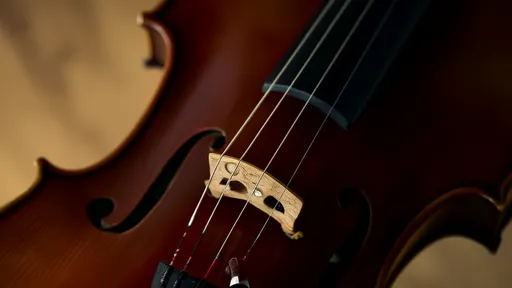
By /Jul 25, 2025

By /Jul 25, 2025

By /Jul 25, 2025

By /Jul 25, 2025

By /Jul 25, 2025
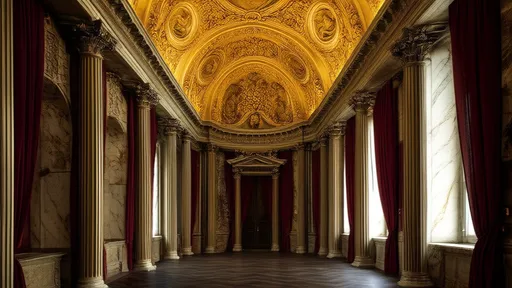
By /Jul 25, 2025

By /Jul 25, 2025
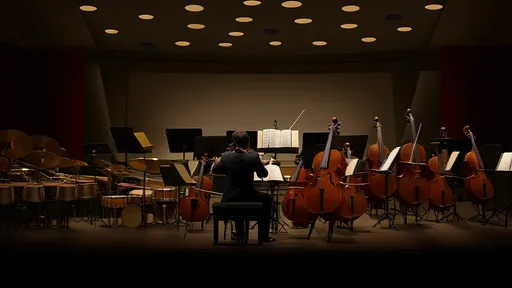
By /Jul 25, 2025

By /Jul 25, 2025
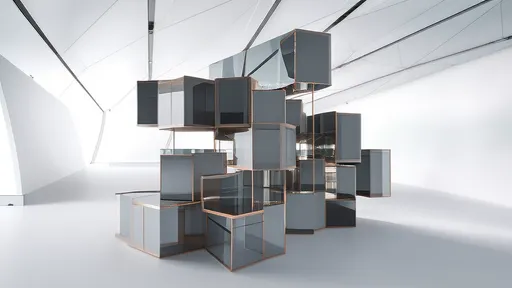
By /Jul 25, 2025
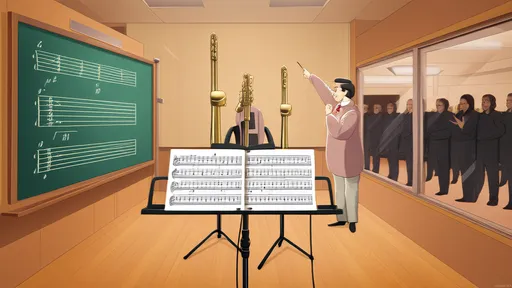
By /Jul 25, 2025

By /Jul 25, 2025

By /Jul 25, 2025

By /Jul 25, 2025

By /Jul 25, 2025

By /Jul 25, 2025
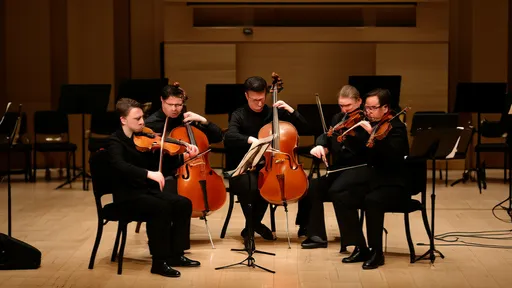
By /Jul 25, 2025